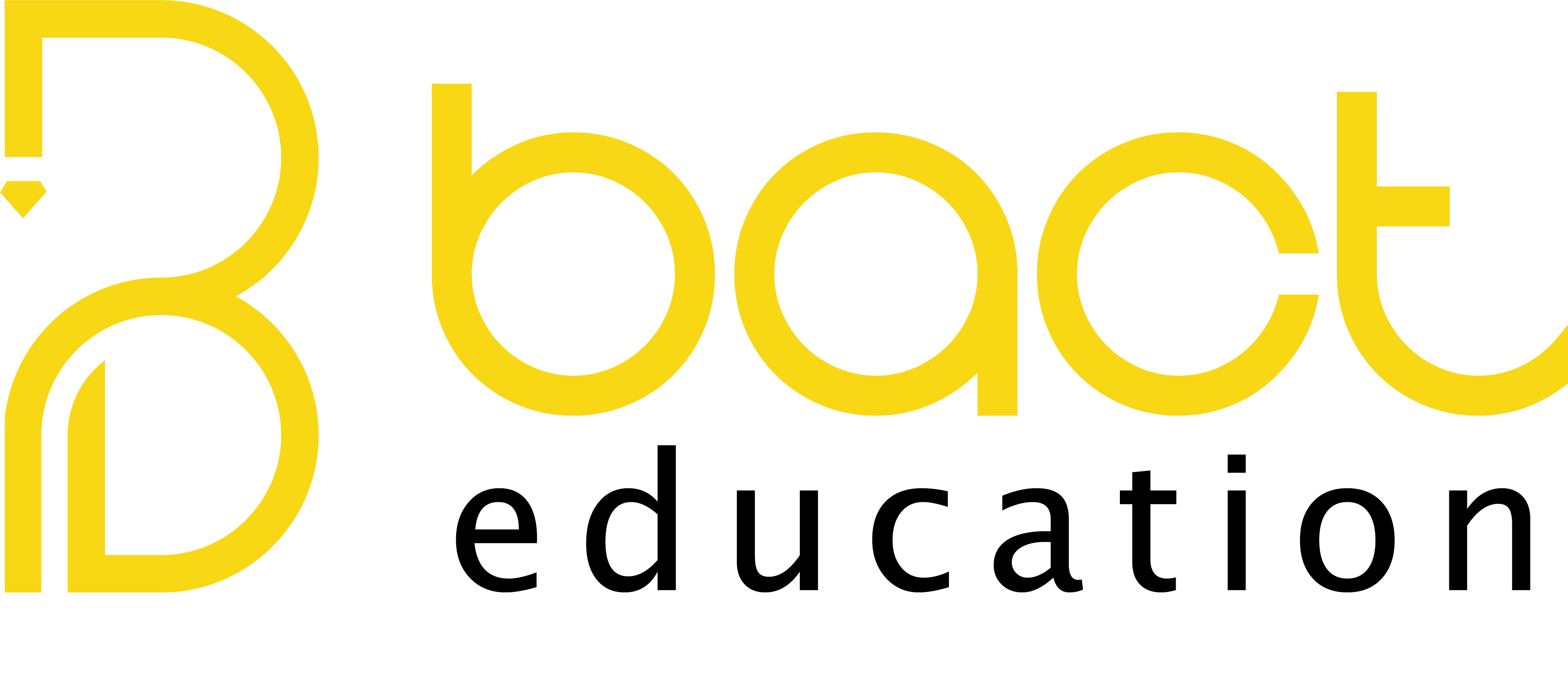The Use of Artificial Intelligence Techniques in Diagnosing and Treating Language
and Speech Disorders in Children
In recent years, there has been significant progress in the applications of artificial intelligence (AI) across various fields, with the healthcare and educational sectors benefitting greatly from this development. Among the promising applications is the role of AI In diagnosing and treating language and speech disorders in children—disorders that directly affect a child’s linguistic and communicative development and may have lasting impacts on academic achievement and social interaction.
First: Artificial Intelligence in Diagnosing Language and Speech Disorders
Traditional diagnosis of language and speech disorders relies on clinical observation and linguistic assessments conducted by speech and language specialists. However, AI technologies have introduced a qualitative leap through:
- Speech and voice analysis: AI algorithms are used to analyze vocal features (such as pitch, rhythm, pauses, and voice quality) and identify abnormal patterns associated with speech disorders like stuttering or articulation difficulties.
- Predictive models: Linguistic and historical data of the child are used to predict the likelihood of a specific disorder or its potential development over time.
- Interactive tools: Intelligent applications offer self-assessment tests for children to evaluate their language and speech skills, providing instant reports for parents and therapists.
Second: Artificial Intelligence as a Therapeutic Tool
The benefits of AI are not limited to diagnosis; they also extend to the development of innovative therapeutic programs, such as:
- Intelligent language games: Educational applications that use AI to present speech and language training exercises in a fun and interactive way, adapting to the child’s performance level.
- Therapeutic robots: Some programs use robots equipped with AI systems to conduct speech sessions with children, offering real-time feedback.
- Smart voice assistants: These allow children to interact verbally with devices, enhancing their verbal expression and motivating speech practice.
Third: Advantages and Limitations of Using AI
Advantages:
- Instant and accurate assessments.
- Access to therapeutic services in remote areas.
- Supporting, not replacing, the role of specialists.
- Motivating children through engaging, technology-based tools.
Limitations:
- Some technologies still require development to suit different languages and dialects.
- Risk of over-reliance on machines without sufficient human expertise.
- Limited awareness among parents and teachers regarding the use of such tools.
Conclusion
Artificial intelligence represents a supportive and effective tool in addressing language and speech disorders in children, both diagnostically and therapeutically. However, the success of these applications requires integration with human expertise and the provision of appropriate training and education for parents and teachers to ensure safe and productive use. As these technologies continue to evolve, their effectiveness is expected to increase, ultimately contributing to an improved quality of life for children affected by these disorders.

